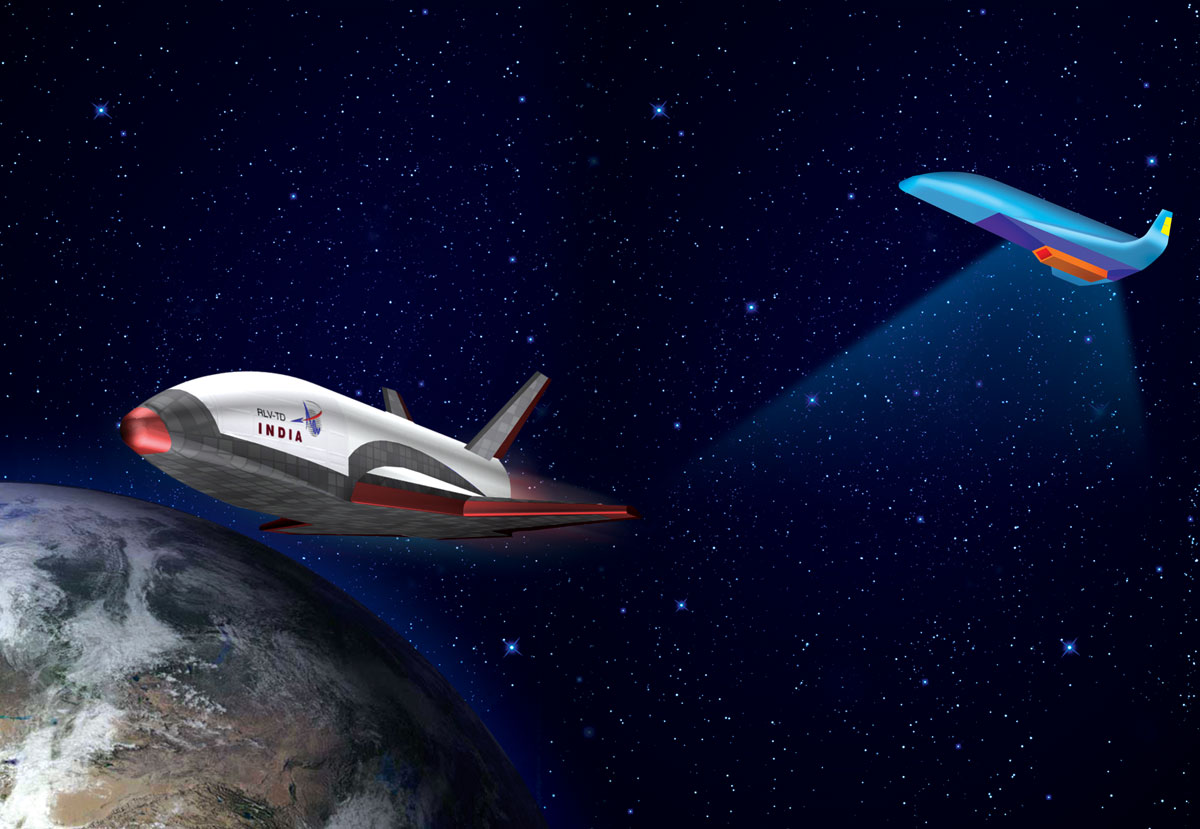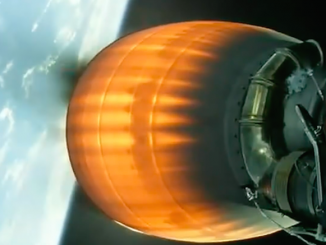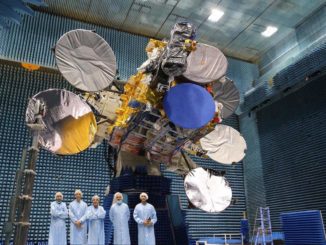
India’s space agency plans to boost a sleek winged prototype spacecraft into the upper atmosphere aboard a solid-fueled rocket early Monday on a short test flight that will end with a controlled, unpowered glide to a simulated runway landing in the Bay of Bengal.
The reduced-scale space plane features delta wings and angled tail fins, with an outward appearance resembling a mini-space shuttle like the U.S. Air Force’s X-37B orbiter.
Indian officials hope the testbed is a pathfinder for a future unmanned reusable launch vehicle that could take off like a rocket, deploy a satellite in orbit, and return to Earth and land on a runway.
Monday’s demo mission an early step in the development of such a launcher, which Indian officials say is likely 15 years from becoming operational.
The test vehicle will not reach space on Monday’s flight, but a rocket booster will accelerate the craft up to six times the speed of sound within 90 seconds after a vertical liftoff from the Satish Dhawan Space Center, India’s launch base on the country’s east coast.
The launch is scheduled for 0400 GMT (12 a.m. EDT) Monday, according to multiple Indian news reports.
After consuming its 9 metric tons (nearly 20,000 pounds) of pre-packed solid propellant, the booster will separate from the space plane as it coasts to a maximum altitude near 70 kilometers (43 miles).
Then the craft will pitch its nose up, allowing a heat shield on its belly to take the brunt of the high temperatures generated by the vehicle’s speedy descent back into the thick, lower layers of the atmosphere.
The technology pathfinder is instrumented with sensors to measure the pressures, temperatures and structural loads it encounters in flight.
The Indian Space Research Organization is leading the reusable launcher’s development.
The Reusable Launch Vehicle-Technology Demonstration program, or RLV-TD, includes a series of test flights designed “to evaluate various technologies, namely, hypersonic flight, autonomous landing, powered cruise flight and hypersonic flight using air-breathing propulsion,” ISRO said on its website.
Monday’s mission, expected to last about 10 minutes from liftoff to splashdown, is known as the hypersonic flight experiment.
Its objective is to characterize the aero-thermal dynamics of the winged re-entry craft as it autonomously steers toward a predetermined point in the Bay of Bengal east of the launch site. Engineers will also test the performance of its heat shield, made of silica tiles and a carbon-carbon nose cap, much like the retired American space shuttle.
India spent at least $14 million and took five years developing the first flight model for the RLV-TD program, according to the NDTV television news network.
ISRO does not plan to recover the vehicle on the hypersonic flight experiment.
Future test flights include a landing experiment, a return flight experiment and a scramjet propulsion experiment, ISRO said.
An operational reusable launch vehicle based on the winged space plane design will be at least five times larger than the SUV-sized, 1,750-kilogram (3,858-pound) testbed slated to fly Monday.
The first model has no on-board engines, while a full-scale reusable launcher will have two stages, carry air-breathing engines, and have conventional rocket thrusters.
“The cost of access to space is the major deterrent in space exploration and space utilization,” ISRO said on its website. “A reusable launch vehicle is the unanimous solution to achieve low cost, reliable and on-demand space access.”
The European Space Agency tested a similar space plane called the Intermediate Experimental Vehicle last year, but it flew more than 400 kilometers (250 miles) above Earth and reached much faster speeds than India’s RLV-TD pathfinder.
A.S. Kiran Kumar, ISRO’s chairman, told the Hindu newspaper that the hypersonic flight experiment is “a very preliminary step” in the development of a reusable rocket.
“We have to go a long way,” he said, according to the Hindu. “But these are very essential steps we have to take.”
Email the author.
Follow Stephen Clark on Twitter: @StephenClark1.



